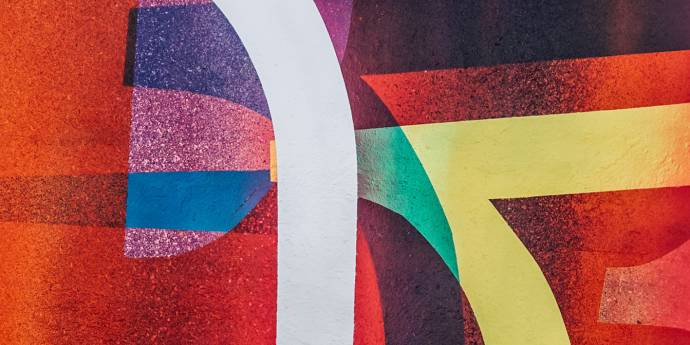More than good intentions
Scholarship recipient and Chair of Pregnancy Help, Rachel Vicars MInstD, says finance course gave her confidence to ask questions.

If you missed the “Disruption – two can play at that game” session presented by Bremworth Chair George Adams CFInstD at the 2023 IoD Leadership Conference, we’ve captured “outtakes” from it. These highlight some key insights from the session and outline a few specific actions for directors and boards arising from it.
Boards and directors should:
Think the unthinkable and work through how their companies would disrupt the disruptors. As George puts it: “it is the duty of governors to look into the abyss.”
In the face of disruption or potential disruption, ask three simple questions:
- What business are we in today? Look carefully at the problem your company is solving for customers.
- What new opportunities does the disruption open up? This requires board agility and an expansive as opposed to a rigid response.
- What capabilities do we need to realise these opportunities? This can draw on existing capabilities but will require more “dynamic capabilities” tempered with a large dose of humility.
Continue to pay attention to other potential disruptions, including those related to climate change, and be ready to respond to them.
What do Kodak and carpet maker, Bremworth have in common?
In a similar period (the early to mid-2010s) both faced significant market disruption. A very difficult financial situation for both companies, which left:
Bremworth Chair, George Adams shared the Bremworth story at the Institute of Directors (IoD) 2023 Leadership Conference.
It’s a story of “resilience through adaptation” as the company’s 2023 Annual Report puts it. It’s also a story of the disrupted company ultimately becoming the disruptor in two cases: outcompeting synthetic carpets with wool and complementing a hard flooring trend with a move into wool rugs. This culture of resilience through adaptation has been embedded as seen through the company’s response to production disruptions at its Napier factory.
Disruption that the board of Kodak and Bremworth faced were similar:
Bremworth’s board worked to understand customer, and wider stakeholder, expectations including how synthetic carpet was being perceived (at a time the company producing synthetic and wool product). Through this, the board developed an understanding of customers’ increasing desire to move away from plastic and towards more sustainable products. This is consistent with 2022 IoD/ASB Director Sentiment Survey findings that a significant proportion of directors regarded changing customer and community expectations as being the most important future trend to be paying attention to.
As one of the Top 5 issues for directors for 2023, board agility, suggests an “expansive” response by boards to threats. George’s comments point to this approach being taken by the Bremworth board, which made the bold decision to shift to only producing woollen carpets - while fully understanding the threat and the considerable, but calculated, risks associated with changing the business model. This meant walking away from $60 million in synthetic carpet revenue!
Disrupting the disruptive synthetic carpet competition required opening up a new market for an all-natural wool product, selling the benefits of wool (including cost competitiveness and sustainability) and addressing Commerce Commission and Court challenges.
Bremworth had a fair share of core capabilities in the carpet business – technology, access to markets and, as George outlined, a growing understanding of where consumers and stakeholder expectations were moving. But, as with Kodak, these on their own were never going to be enough to disrupt the disruptor.
The “secret sauce” is a combination of lateral thinking, commitment to a new direction and adhering authentically to a set of principles and values, particularly related to sustainability. These enabled the Bremworth board to adopt a purpose-driven sustainable product strategy.
While not completely aligned, there are elements of this in Professor David Teece’s work advocating for dynamic capabilities that he suggests are needed for New Zealand companies to grow and thrive.
There is a significant contrast with Kodak, which famously failed to adapt to disruption. New Zealand boards and their companies can avoid this fate by learning the Bremworth lesson and asking the three simple questions outlined above.
Since the mid-2010s transformation, Bremworth has faced further disruption, notably as a result of Cyclone Gabrielle-related flooding in February 2023. This resulted in Bremworth’s Napier-based spinning plant being taken “offline”. This severely disrupted the supply of yarn to the company’s Auckland carpet plant and dyed fibre to its Whanaganui yarn plant. In the face of this disruption, the company reports that:
Overall, this shows that boards, even having completed a successful transformation, need to continue to be vigilant and “thinking the unthinkable". It may just happen! Boards need to be ready for these events.
If you’d like to access more of these kinds of insights from leading directors from New Zealand and Internationally, join us in Ōtautahi Christchurch 13-14 May 2024 for thought-provoking content, inspiring discussions and the opportunity to expand your network within the governance community. Registrations are now open.